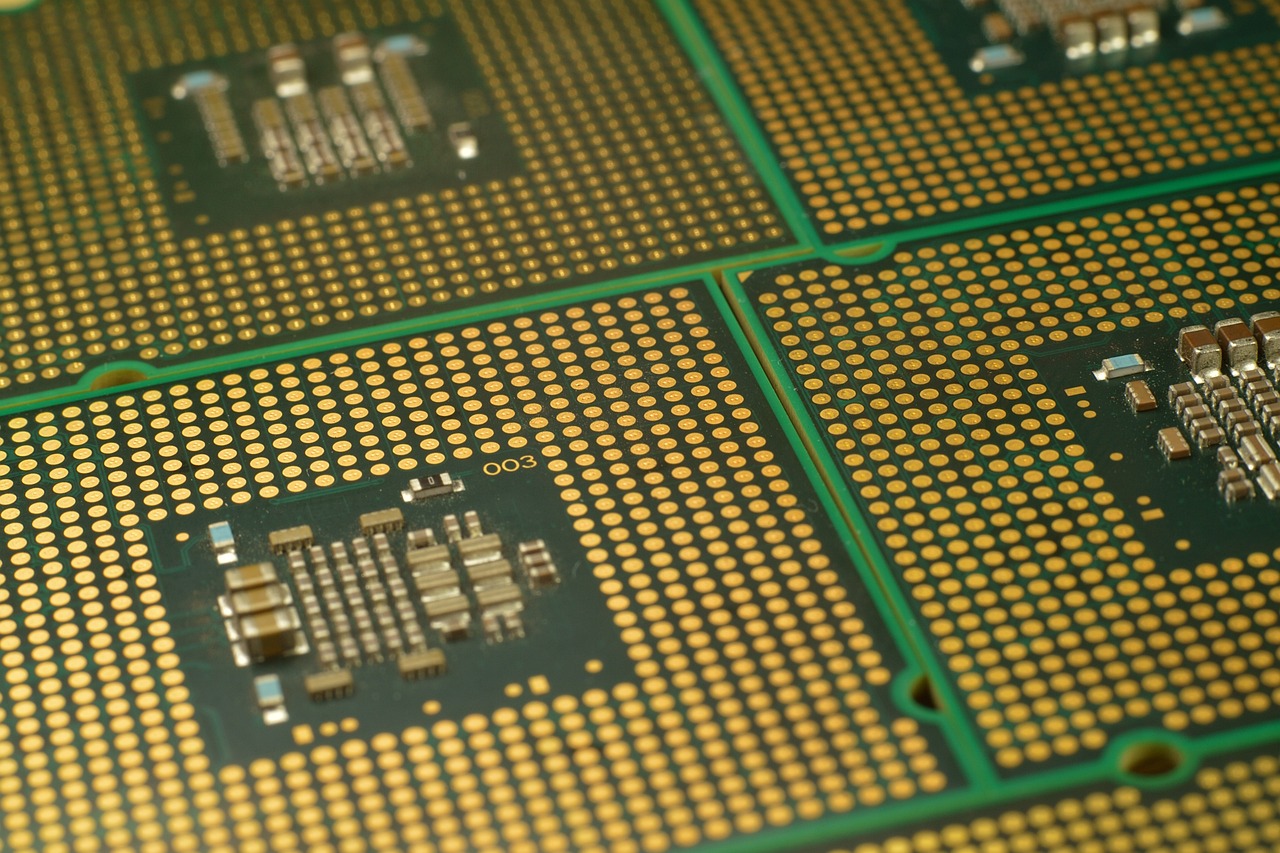Demystifying Microcontrollers: Silicon Brains Powering Our Electronic World
Introduction: Get ready for a closer look into the tiny world of microcontrollers—the miniature computers running our digital lives. These silicon brains are everywhere, yet they often go unnoticed. We will delve into their intricate history, current trends, and transformative potential.

A Glimpse into the Past: Birth of Microcontrollers
Microcontrollers have roots dating back to the 1970s when the first one, the TMS1000, was introduced by Texas Instruments. This marked a seismic shift in the electronics industry as it enabled the development of compact, cost-effective devices. Over the years, microcontrollers have miniaturized further, becoming integral parts of our lives—from our household appliances to our smartphones.
Microcontrollers Today: Ubiquitous Yet Invisible
Today, microcontrollers have become the brains behind countless devices. They are embedded in our cars, home appliances, medical devices, and even our toys. They have become so integrated into our everyday lives that we hardly give them a second thought. According to Gartner, there will be over 25 billion devices powered by microcontrollers by 2021.
The Marvel of Microcontroller Architecture
The beauty of microcontrollers lies in their design. They are essentially mini-computers packed onto a single chip. They contain a processor core, memory, and programmable input/output peripherals, allowing them to interact with other components and devices. This compact, integrated design makes them ideal for use in constrained environments where space and power are at a premium.
The Microcontroller Market: A Forecast
The microcontroller market is expected to reach $48.1 billion by 2026, according to a report by Markets and Markets. This growth is attributed to the increasing automation in industries, rising demand for smart consumer electronics, and advancements in automotive technology. The industry’s growth could also be augmented by the emergence of Internet of Things (IoT) devices and wearables, as each of these devices typically contains at least one microcontroller.
Microcontrollers and the Future: A Connected World
Looking ahead, microcontrollers are set to play a pivotal role in the evolution of smart, connected devices. They will be crucial in enabling the internet of things, helping create smarter homes, cities, and industries. As these tiny computers become even more powerful and energy-efficient, the possibilities are endless. From self-driving cars to intelligent medical devices, microcontrollers are poised to redefine our future.
In conclusion, microcontrollers, the unsung heroes of the electronics world, have come a long way since their inception. As we move towards a more connected and automated world, their role is set to become even more prominent. So next time you use your smartphone or any electronic device, take a moment to appreciate the microcontroller—your invisible digital companion.




